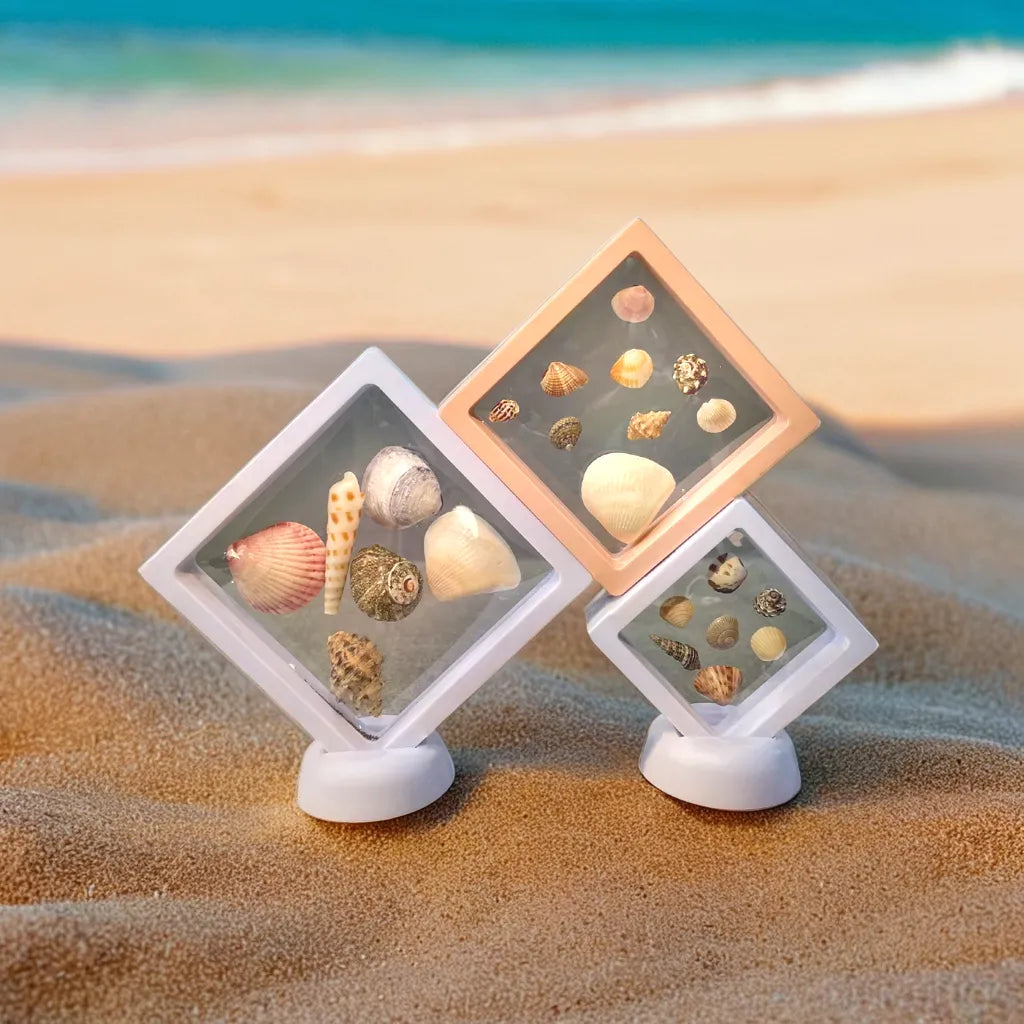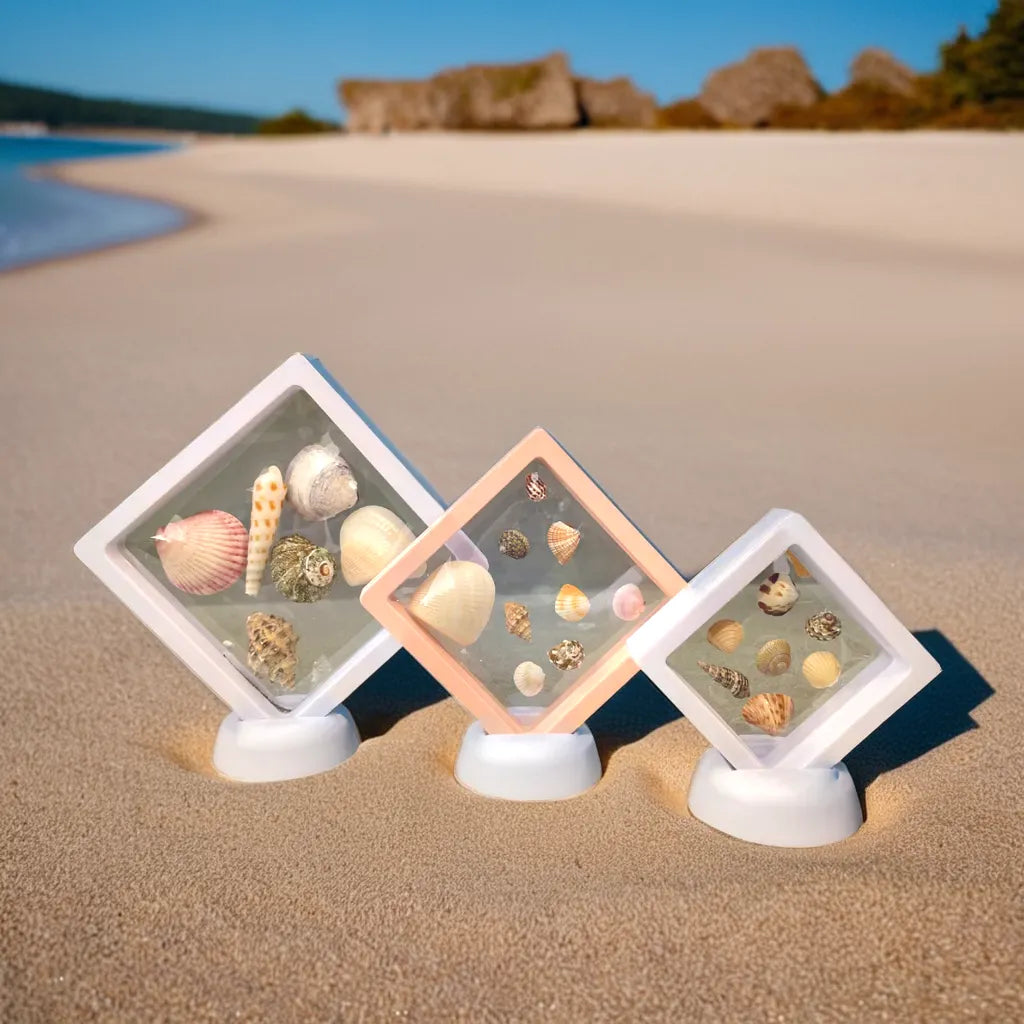
The Giant Eastern Murex, scientifically known as Chicoreus ramosus, is a remarkable sea snail found in the warm waters of the Indo-Pacific region.
This species is not only known for its striking shell, which features long spines and intricate patterns, but it also plays a vital role in its ecosystem and local economies. These snails can grow up to 30 centimeters in length, making them one of the largest in their family.
In addition to its unique appearance, the Giant Eastern Murex is an important species for collectors and decorators who appreciate its beauty. The shells' colors, ranging from white to shades of pink and purple, attract many enthusiasts. They are often found near coral reefs, where they hunt for bivalves, showcasing their predatory nature.
Understanding the distinct features and habitat of Chicoreus ramosus can enrich an individual's knowledge of marine life and the significance of preserving these beautiful creatures. As one explores the intricate world of the Giant Eastern Murex, the interplay of its ecological roles and cultural values becomes evident.
Key Takeaways
- Chicoreus ramosus can grow up to 30 centimeters in length.
- It is a sought-after species for both collectors and aquarium enthusiasts.
- The snail plays an essential role in its environment and local economies.
Identification Guide
Identifying the Giant Eastern Murex (Chicoreus ramosus) involves recognizing its distinct physical traits and comparing it to similar species. This section will cover identification methods, key characteristics, and comparisons with other mollusks.
How to Identify a Giant Eastern Murex
To identify a Giant Eastern Murex, examine the shell's shape and texture. The shell is usually elongated and can reach lengths of up to 20 centimeters.
Look for prominent spines along the shell. These spines are often long and can vary in color. The coloration of the shell may range from white to pink or purple, often featuring darker bands.
Checking the aperture is also important. The opening of the shell is oval and may have a sharp edge, indicating its maturity.
Characteristics
The shell of Chicoreus ramosus is notable for several features:
-
Shape: The shell is typically elongated and spiraled.
-
Spines: It has long, pointed spines that protrude from its body whorls.
-
Coloration: Shades vary, including white, pink, and purple, typically with brown or darker stripes.
-
Size: Adults can grow up to 20 centimeters in length.
-
Interior: The interior of the shell is smooth and somewhat shiny.
Save 50%


These characteristics make it easily distinguishable from other gastropods in its habitat.
Comparison To Similar Species
When comparing Chicoreus ramosus to similar species, the following points are crucial:
-
Chicoreus virgineus: This species has fewer and shorter spines along its shell. Its shell is also usually more uniform in color without the striking patterns seen in the Giant Eastern Murex.
-
Murex trunicus: It has a more rounded shape and smaller spines. Its overall appearance is less ornate.
-
Habitat: While all these species reside in similar environments, the Giant Eastern Murex is more commonly found in tropical waters of the Indo-West Pacific.
Distingushing these aspects helps identify the Giant Eastern Murex correctly in the field.
Distribution & Habitat
The Giant Eastern Murex (Chicoreus ramosus) is primarily found in tropical regions of the Indo-West Pacific. Its habitat consists of sandy and rubble bottoms, often near coral reefs, where it thrives at depths of up to 50 meters.
Where to Find Giant Eastern Murex
Giant Eastern Murex resides in diverse marine environments, particularly in locations with rich coral reefs. They are commonly spotted in areas such as:
-
Indian Ocean: Found around the coasts of India and Sri Lanka.
-
Western Pacific: Includes regions like the Philippines and parts of Southeast Asia.
These snails prefer shallow waters that provide adequate access to their primary food sources, like bivalves and other gastropods. They usually avoid murky waters, favoring clean, well-oxygenated habitats. The availability of suitable substrates for the snails to hide and hunt is crucial for their survival.
Cultural & Economic Importance
The Giant Eastern Murex, or Chicoreus ramosus, holds significance both culturally and economically. This species is admired for its unique appearance and is used in various ways by different cultures. Its legal status also reflects its contribution to local economies and conservation efforts.
The Giant Eastern Murex in Culture
Save 20%


Chicoreus ramosus is appreciated in various cultures for its striking shell. Shell collectors often seek this species due to its elaborate design, featuring long spines and colorful patterns.
In some regions, the shell is used in art or jewelry. It becomes a part of local traditions, symbolizing beauty and craftsmanship.
Additionally, the murex has historical significance. In ancient times, similar mollusks were used to create purple dye, which was highly valued and associated with royalty.
Legal Status
The legal status of the Giant Eastern Murex varies by region. In many coastal areas, it is subject to fishing regulations to prevent overharvesting. These laws help maintain population levels and protect marine ecosystems.
In some places, it is considered a protected species due to its economic importance and habitat vulnerability. Conservation measures aim to balance human use while ensuring the species can thrive in its natural environment.
Monitoring and managing collecting practices are essential for sustainable use. This ensures future generations can appreciate the Giant Eastern Murex’s beauty while supporting local economies.
Giant Eastern Murex Crafting
The Giant Eastern Murex, known scientifically as
Chicoreus ramosus, has unique shells that are popular in crafting. These shells are prized for their intricate shapes and colors, including white with brown markings.
Common Uses:
- Jewelry making
- Home decor
- Art projects
Crafting with these shells requires specific techniques to ensure their beauty is preserved. For instance, cleaning the shells should be done gently to avoid damage.
Cleaning Tips:
- Use mild soap and water.
- Avoid harsh chemicals.
- Rinse thoroughly and air dry.
Save 42%


When using murex shells in art, they can be combined with other materials like wood or metal. This combination creates stunning visual pieces.
Craft Ideas:
- Shell necklaces
- Decorative bowls
- Wall art
Proper handling during crafting is essential. They should be kept away from direct sunlight to prevent fading, and stored in a cool, dry place.
Using the Giant Eastern Murex in crafting not only highlights its natural beauty but also supports sustainable practices when sourced responsibly. Each shell tells a story, making it a meaningful addition to any creative project.
Frequently Asked Questions
This section addresses common questions about the Giant Eastern Murex, also known as Chicoreus ramosus. The focus is on its identification, size, natural habitat, market value, and shell features.
How do you identify a Giant Eastern Murex?
The Giant Eastern Murex can be identified by its large, thick shell. The shell often has long, prominent spines and a variegated pattern that ranges from white to pink or purple. Its distinct shape and coloration make it stand out among other marine snails.
What is the typical size of a Chicoreus ramosus?
A typical Chicoreus ramosus can reach lengths of 20 to 30 centimeters. They are known for being one of the largest murex species found in the Indo-Pacific region. Their considerable size makes them easily recognizable.
Where is the Giant Eastern Murex found in nature?
Giant Eastern Murex is commonly found in the Indo-West Pacific, particularly around coral reefs. They prefer areas with coral rubble and often inhabit sandy substrates. This helps them to remain partially buried for protection.
How much does a Chicoreus ramosus specimen typically cost?
The cost of a Chicoreus ramosus specimen can vary widely. Prices may range from $20 to over $100, depending on factors such as size, condition, and shell coloration. Rare variants or larger specimens can command higher prices among collectors.
In which environments can Giant Eastern Murex shells be commonly found for sale?
Giant Eastern Murex shells are often sold in specialty shell shops and online marketplaces. They can also be found at marine aquarium stores and local artisan markets. Environments where shell collecting is popular will usually have these shells available.
What are the distinguishing features of a Muricidae shell?
Muricidae shells, including those of the Giant Eastern Murex, are characterized by their thick and heavy structure. They typically have spines or ridges along the shell surface. The coloration can vary, often including multiple hues that enhance their ornamental appeal.
 The Giant Eastern Murex, scientifically known as Chicoreus ramosus, is a remarkable sea snail found in the warm waters of the Indo-Pacific region. This species is not only known for its striking shell, which features long spines and intricate patterns, but it also plays a vital role in its ecosystem and local economies. These snails can grow up to 30 centimeters in length, making them one of the largest in their family.
In addition to its unique appearance, the Giant Eastern Murex is an important species for collectors and decorators who appreciate its beauty. The shells' colors, ranging from white to shades of pink and purple, attract many enthusiasts. They are often found near coral reefs, where they hunt for bivalves, showcasing their predatory nature.
Understanding the distinct features and habitat of Chicoreus ramosus can enrich an individual's knowledge of marine life and the significance of preserving these beautiful creatures. As one explores the intricate world of the Giant Eastern Murex, the interplay of its ecological roles and cultural values becomes evident.
The Giant Eastern Murex, scientifically known as Chicoreus ramosus, is a remarkable sea snail found in the warm waters of the Indo-Pacific region. This species is not only known for its striking shell, which features long spines and intricate patterns, but it also plays a vital role in its ecosystem and local economies. These snails can grow up to 30 centimeters in length, making them one of the largest in their family.
In addition to its unique appearance, the Giant Eastern Murex is an important species for collectors and decorators who appreciate its beauty. The shells' colors, ranging from white to shades of pink and purple, attract many enthusiasts. They are often found near coral reefs, where they hunt for bivalves, showcasing their predatory nature.
Understanding the distinct features and habitat of Chicoreus ramosus can enrich an individual's knowledge of marine life and the significance of preserving these beautiful creatures. As one explores the intricate world of the Giant Eastern Murex, the interplay of its ecological roles and cultural values becomes evident.

























